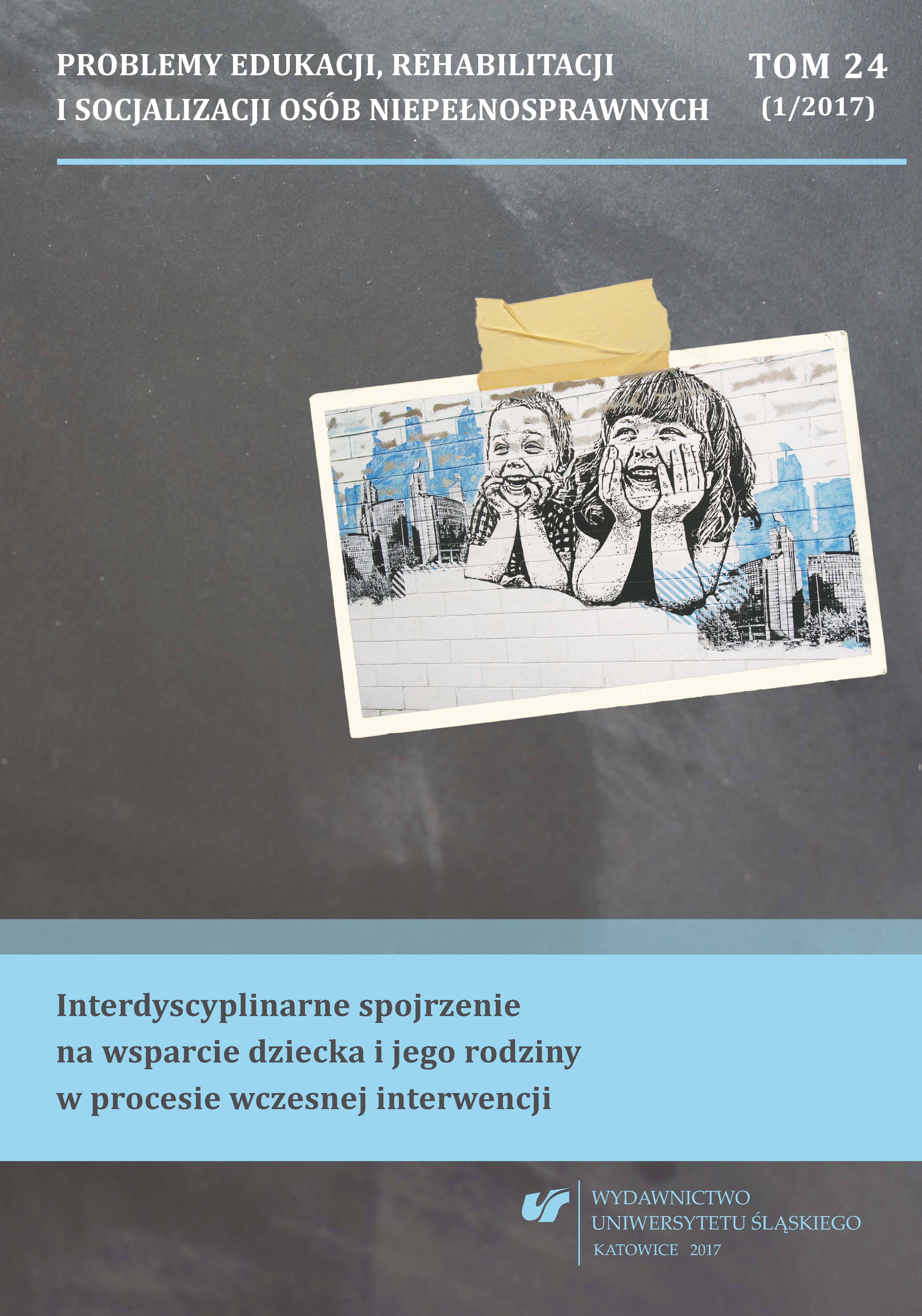Early identification of the prodrome of autism: clinical and research perspectives
Early identification of the prodrome of autism: clinical and research perspectives
Author(s): Hanna A. AlonimSubject(s): Social Sciences, Health and medicine and law, Family and social welfare
Published by: Wydawnictwo Uniwersytetu Śląskiego
Keywords: autism spectrum disorder; early signs; infants; screening; ESPASI
Summary/Abstract: Autism Spectrum Disorder (ASD) refers to a group of neurodevelopmental disabilities causing significant social, communicative and behavioral difficulties. Even though ASD demonstrates great phenotypic variability and genetic heterogeneity, there are as yet no clear biological markers for ASD. However, infants with ASD can be distinguished from typically developing infants already before 12 months based on a combination of lack of typical behaviors and the presence of atypical behaviors. Research into behavioral markers of ASD has led to a number of screening instruments being proposed from as early as 5 months of age. This paper describes the foundational study of very early signs of autism conducted by the Mifne Center between 1997–2007, which subsequently led to the development of the Early Signs of Pre-Autism Screening in Infants (ESPASI) suitable for infants between 5–15 months. 110 infants who were diagnosed with autism at the age of 2–3 years were examined by using a retrospective analysis of video-recordings of the first months of their lives, made by their parents before any suspicion concerning defective development arose. The analysis of the videos, which included categories of bonding, motor development, eating, and interest in environment, resulted in the identification of 8 variables associated with early signs of autism in the first year of an infant’s life. These include excessive passivity, excessive activity, lack of eye contact, lack of reaction, refusal to eat, aversion to touch, motor development delay, and head circumference. The results of this study demonstrate the possibility of eliciting signs associated with very early screening within the first year of life. The exploitation of this window of opportunity through the use of suitable stimulation may influence the development of neural connections and thus contribute to the possibility of minimizing the severity of the phenotypic presentation of autism.
Journal: Problemy Edukacji, Rehabilitacji i Socjalizacji Osób Niepełnosprawnych
- Issue Year: 2017
- Issue No: 24
- Page Range: 83-95
- Page Count: 13
- Language: English

